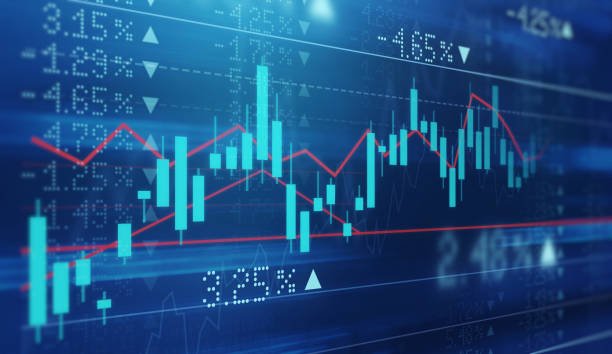Understanding Cyclical and Non-Cyclical Stocks
When discussing investments, it’s crucial to grasp the difference between cyclical and non-cyclical stocks.
Cyclical Stocks
Cyclical stocks are heavily influenced by the overall economic climate. During a recession, for instance, people tend to tighten their belts and cut back on non-essential purchases like cars, jewelry, and houses. These items are considered luxuries, and the companies that produce them fall under the cyclical sector. Industries such as steel, automotive, chemical, paper, and aluminum often feature cyclical stocks.
Non-Cyclical Stocks
On the other hand, non-cyclical stocks come from industries that provide essential goods and services. No matter how bad the economy gets, people still need food, medications, and other daily necessities. Companies in the food, beverage, healthcare, and utility sectors typically fall into this category.
Signs of Cyclical Stocks at Their Peak or Bottom
Peak Indicators
- Low Price-to-Earnings (P/E) Ratio: When a cyclical stock hits its peak, it often has a low P/E ratio, indicating that its price is high relative to its earnings.
- High Dividends: Companies may distribute higher dividends during peak times when profits are strong.
- Rising Earnings Per Share (EPS): Increasing EPS suggests that the company is doing well financially.
- Positive News: Favorable media coverage and optimistic analyst reports usually accompany a peak.
Bottom Indicators
- High P/E Ratio: A high P/E ratio can signal that the stock price is low compared to its earnings, often seen when a stock is at its bottom.
- Negative News: Bad press, poor earnings reports, and negative analyst reviews typically indicate a trough.
- Falling Earnings: Decreasing EPS is a sign of financial struggle.
- Lower Dividends: Companies may reduce or eliminate dividends when they’re performing poorly.
Why Cyclical Stocks Perform Poorly During Recessions
Cyclical stocks tend to suffer during economic downturns because their performance is closely tied to the overall health of the economy, particularly GDP growth. When the economy slows down, these companies face reduced demand for their products and services, leading to lower revenues and profits.
The Rebound of Cyclical Stocks Post-Recession
Despite their struggles during a recession, cyclical stocks often rebound quickly when the economy starts to recover. This swift comeback is typically driven by investor optimism about future economic conditions. Even if a company’s fundamentals remain weak, the anticipation of economic improvement can drive up its stock price. Investors expect these companies to benefit from increased consumer spending as the economy picks up.
EPS Fluctuations in Cyclical vs. Non-Cyclical Stocks
The earnings per share (EPS) of cyclical stocks tend to fluctuate significantly. Here’s an example:
Non-Cyclical EPS:
- Year 1: 2.20
- Year 2: 2.35
- Year 3: 2.70
- Year 4: 2.90
- Year 5: 3.20
Cyclical EPS:
- Year 1: 2.20
- Year 2: 0.50
- Year 3: 1.50
- Year 4: 0.30
- Year 5: 2.30
As shown, the EPS for non-cyclical stocks steadily increases over time, reflecting stable growth. In contrast, the EPS for cyclical stocks shows sharp rises and falls, mirroring the ups and downs of the economy.
Understanding these differences can help investors make informed decisions and better navigate the stock market’s complexities. By recognizing the distinct characteristics of cyclical and non-cyclical stocks, one can develop strategies that align with economic cycles and individual financial goals.

 Business
Business INDIA
INDIA Stocks
Stocks


